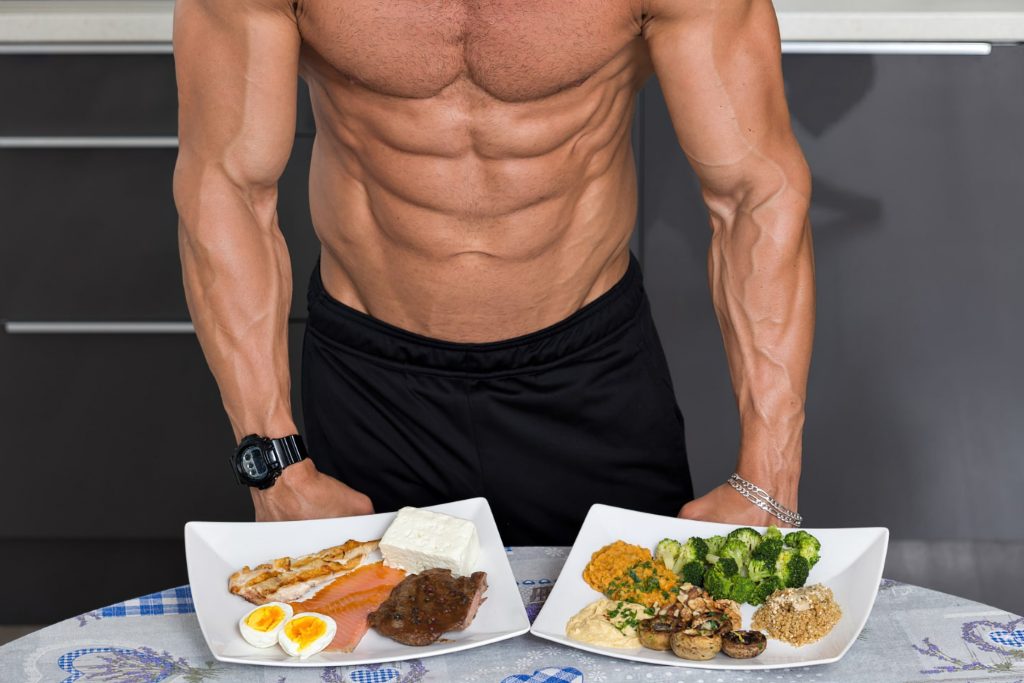- Understanding the Low-Glycemic Diet
- Low-Glycemic Recipe: Quinoa and Lentil Salad
- Benefits of a Low-Glycemic Diet for Athletes
- Low-Glycemic Recipe: Sweet Potato and Black Bean Burrito
- Supporting Your Workouts with Low-Glycemic Foods
- Low-Glycemic Recipe: Chickpea and Vegetable Curry
- Adjusting Your Low-Glycemic Diet to Your Needs
Understanding the Low-Glycemic Diet
The glycemic index is a measurement system that ranks carbohydrates on a scale from 0 to 100 based on their effect on blood glucose levels. Foods with a high GI cause a rapid increase in blood glucose, whereas those with a low GI release glucose slowly and steadily.
Why does this matter for athletes? Rapid fluctuations in blood glucose can lead to energy spikes and crashes. This can negatively impact performance and recovery. On the other hand, a steady release of glucose provides sustained energy, enhancing endurance and reducing fatigue.
Low-Glycemic Recipe: Quinoa and Lentil Salad
Quinoa and lentils both have a low GI, making them an excellent choice for an athlete’s diet. Here’s a simple, nutritious recipe:
Ingredients:
- 1 cup quinoa
- 1 cup lentils
- 2 cups water
- 2 cups mixed vegetables
- 1 tbsp olive oil
- Salt and pepper to taste
Instructions:
- Rinse quinoa and lentils under cold water.
- Bring water to a boil, add quinoa and lentils.
- Reduce heat to low, cover, and let simmer for 15-20 minutes.
- In another pan, sauté mixed vegetables in olive oil until tender.
- Combine cooked quinoa, lentils, and vegetables.
- Season with salt and pepper and enjoy!
Benefits of a Low-Glycemic Diet for Athletes
A low-GI diet can offer several advantages for athletes:
- Steady Energy: As mentioned, low-GI foods provide sustained energy, which is crucial for long-duration sports.
- Improved Recovery: Slow-release carbohydrates help replenish muscle glycogen stores post-exercise, promoting recovery.
- Weight Management: Low-GI diets can aid in weight control, a significant factor for many athletes.
Low-Glycemic Recipe: Sweet Potato and Black Bean Burrito
Sweet potatoes are a low-GI food packed with nutrients. This delicious recipe combines them with high-protein black beans:
Ingredients:
- 2 large sweet potatoes
- 1 can black beans
- Whole wheat tortillas
- 1 cup salsa
- Avocado slices
- Salt and pepper to taste
Instructions:
- Bake or microwave sweet potatoes until soft.
- Warm black beans in a pot.
- Mash sweet potatoes and spread on a tortilla.
- Add warm black beans and salsa.
- Top with avocado slices, roll up, and enjoy!
Supporting Your Workouts with Low-Glycemic Foods
The key to a successful athletic diet is to match your eating plan with your exercise regimen. The intensity, frequency, and type of workouts you engage in should directly influence your food choices.
For instance, if you’re a long-distance runner or a cyclist, you may find it beneficial to consume low-GI carbohydrates before your training. These slow-release carbs can provide a continuous supply of energy throughout your long workout, helping you maintain your pace and performance.
On the other hand, if you’re a powerlifter or a sprinter who performs short, intense bursts of exercise, you might require quicker energy sources, and high-GI foods can be of help. But for post-workout recovery, low-GI foods can play a crucial role by steadily replenishing your energy reserves and preventing sudden blood sugar drops.
Low-Glycemic Recipe: Chickpea and Vegetable Curry
Chickpeas are a wonderful source of low-GI carbohydrates, fiber, and protein. This curry recipe combines them with an assortment of veggies to create a hearty, healthy meal.
Ingredients:
- 1 can chickpeas
- 2 cups mixed vegetables
- 1 can coconut milk
- 2 tbsp curry powder
- 1 tbsp olive oil
- Salt and pepper to taste
Instructions:
- Heat olive oil in a large pan.
- Add curry powder and cook for 1-2 minutes.
- Add vegetables and sauté until tender.
- Drain chickpeas and add to the pan, stirring to combine.
- Pour in coconut milk and bring to a simmer.
- Cook for 10-15 minutes, season with salt and pepper, and enjoy!
Adjusting Your Low-Glycemic Diet to Your Needs
As we’ve mentioned before, a low-GI diet isn’t a one-size-fits-all approach. Some athletes might find that their bodies respond better to moderate or high-GI foods, especially during periods of intense training or competition. It’s important to listen to your body and adjust your diet accordingly.
Sports nutrition can be complex, and what works for one athlete may not work for another. Therefore, it’s crucial to consult with a sports nutritionist or a dietitian to develop a personalized nutrition plan.
Remember, food is fuel. What you eat directly affects your energy levels, performance, and recovery. So, choose wisely and make sure your diet supports your athletic goals!

